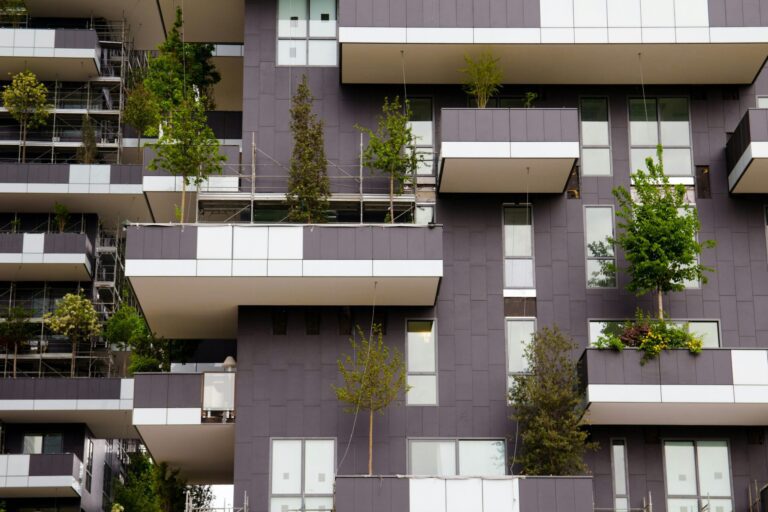In August 2024, a significant trend took hold in the rental market as the demand for green and sustainable housing options surged. Driven by increasing environmental awareness and a desire for energy efficiency, more landlords are investing in eco-friendly upgrades such as solar panels, energy-efficient appliances, and sustainable building materials. Major cities like San Francisco, Seattle, and Portland have seen a rising number of environmentally conscious renters seeking homes that align with their values, contributing to the growing popularity of green rental properties.
This shift toward sustainable rentals is gaining traction as both tenants and landlords realize the long-term advantages of energy-efficient homes. For tenants, the appeal of these properties lies in reduced utility bills, lower carbon footprints, and the opportunity to live in a space that supports their commitment to sustainability. For landlords, these green upgrades offer a unique selling point that can help attract eco-conscious tenants, who are often willing to pay a premium for homes that meet their environmental standards. As the demand for such properties increases, landlords are seeing that green rentals can command higher rents while offering financial benefits through energy savings.
A key moment in this growing movement occurred during the National Green Building Conference in August, where industry experts gathered to discuss the future of green rentals and the role of technology in optimizing energy efficiency in rental properties. The event highlighted how new advancements in home technologies, such as smart thermostats, energy-efficient lighting, and enhanced insulation, could further reduce energy consumption and costs. As a result, companies specializing in energy-efficient home solutions are gaining significant attention, offering landlords turnkey solutions to make their properties more eco-friendly and attractive to tenants.
The lasting impact of this trend is still developing, but it is clear that the green rental market is poised for growth. As more renters seek homes that align with their values, landlords will increasingly need to consider sustainability when making decisions about property upgrades and renovations. The future of rental housing will likely see a shift toward homes that not only meet the basic needs of tenants but also reflect a growing desire for environmentally responsible living spaces.
For landlords, investing in sustainable upgrades is proving to be a sound financial decision. Many property owners report increased tenant satisfaction and retention, as green features tend to appeal to long-term renters who prioritize energy efficiency and sustainability. This trend is also helping to build positive relationships between landlords and tenants, as both parties benefit from the reduced environmental impact and lower utility costs that come with green living.
For tenants, the rise of green rentals offers an exciting opportunity to live in homes that promote environmental responsibility while also providing financial benefits. The demand for sustainable living options is likely to continue to rise as awareness of environmental issues grows, and more people seek to reduce their carbon footprint through their living choices. With the added bonus of lower energy costs, tenants are finding that eco-friendly homes can provide both personal and environmental rewards.
In conclusion, the rise of green rentals represents a promising shift in the housing market, one that reflects a growing commitment to sustainability. As more landlords adopt eco-friendly upgrades and more tenants seek out energy-efficient living spaces, the green rental market is expected to expand, offering a win-win scenario for both property owners and renters alike. This trend suggests that sustainable housing options will become an increasingly essential component of the future of renting.
